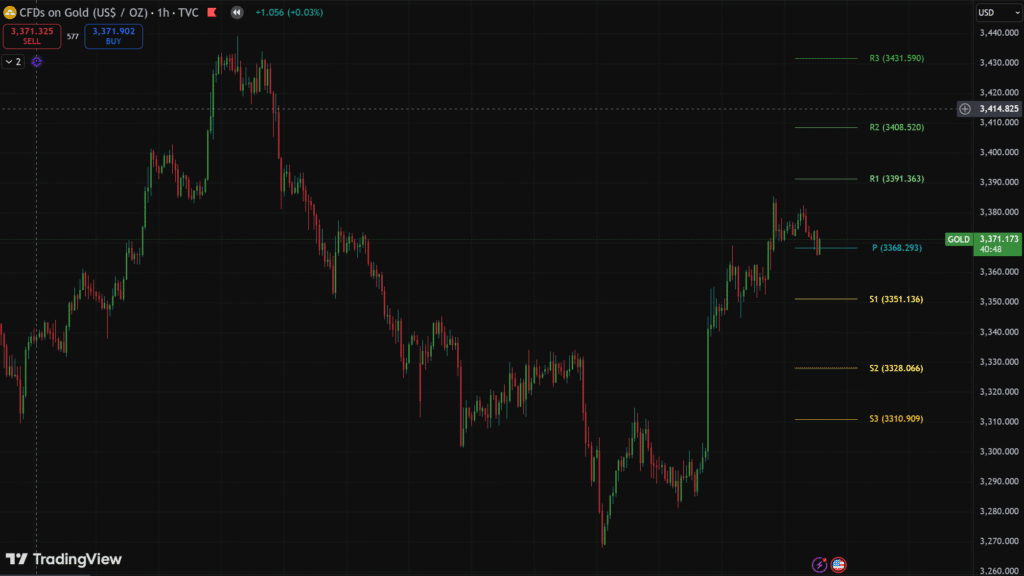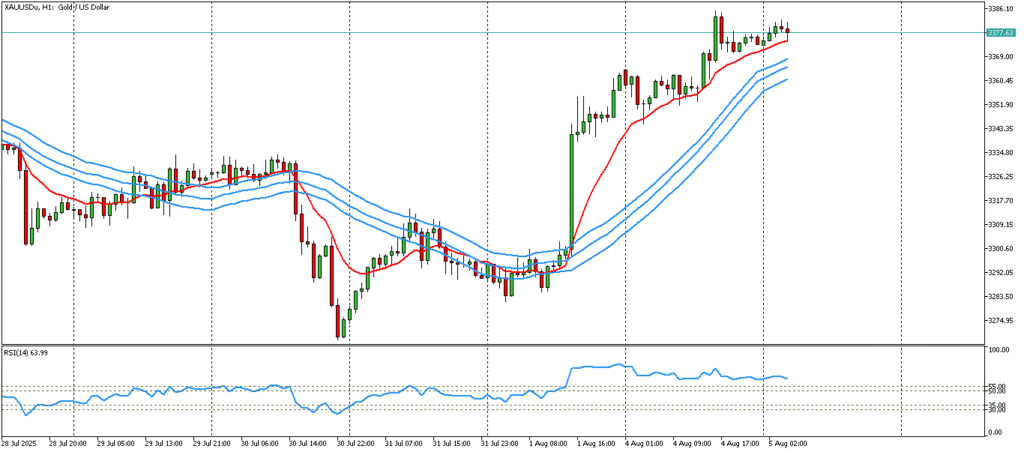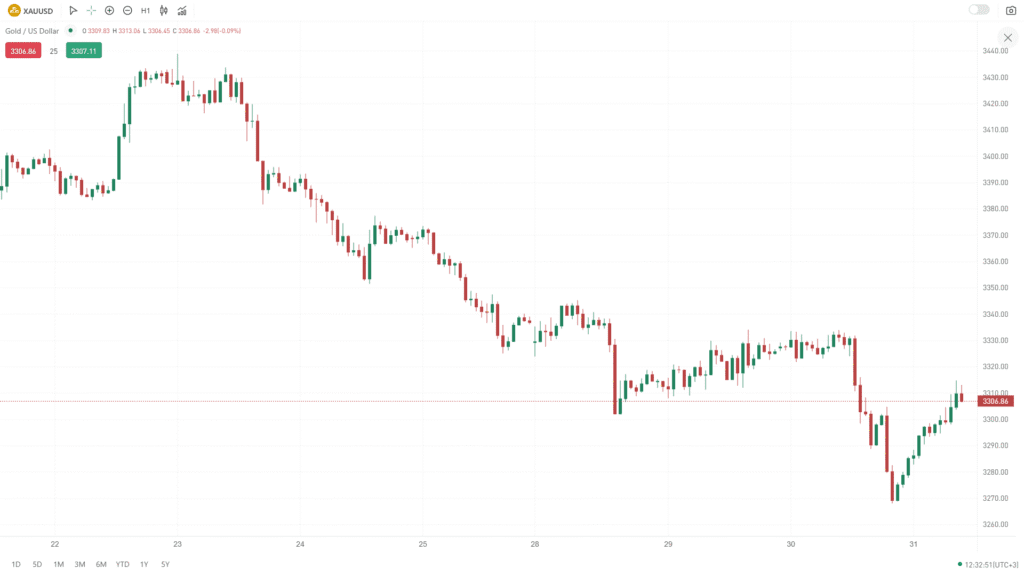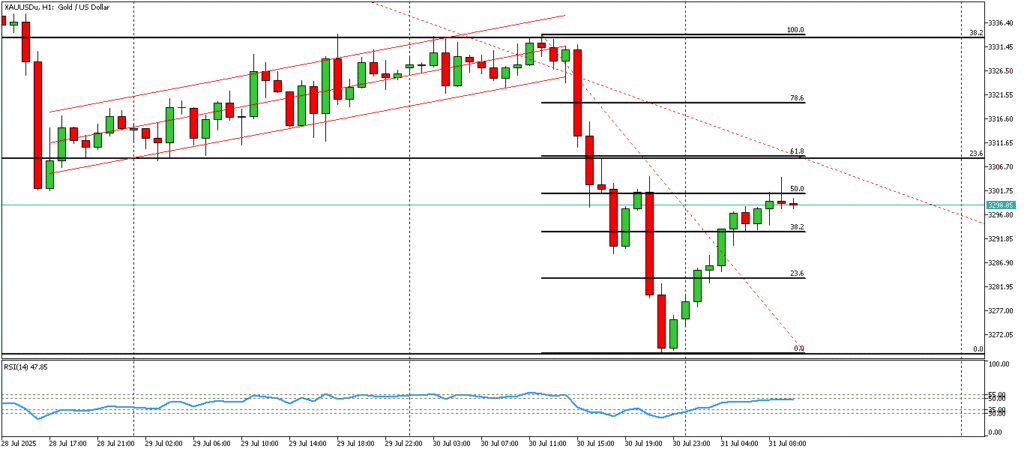 |
| Gold V.1.3.1 signal Telegram Channel (English) |
BOJ Plans to Slow Government Bond Reduction in 2026, Sparking Market Attention and Policy Focus
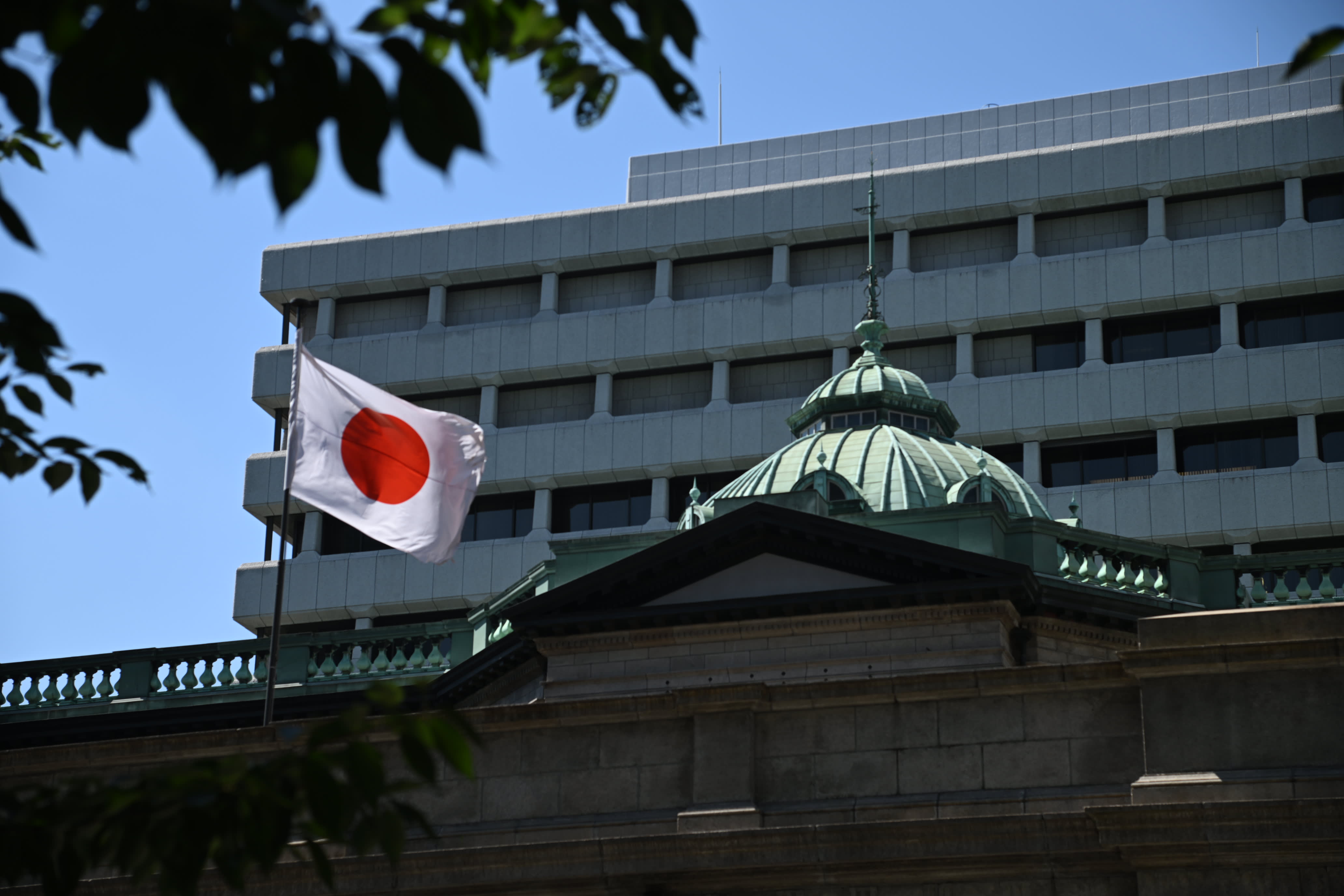
BOJ Plans to Slow Government Bond Reduction in 2026, Sparking Market Attention and Policy Focus
2025-06-16 @ 14:24
The Bank of Japan Sends Signal on Slower Bond Tapering
The Bank of Japan (BoJ) may soon take a more cautious approach to reducing its government bond purchases—an adjustment that has caught the market’s attention.
Multiple Japanese news outlets report that the BoJ is weighing a shift in its bond tapering schedule, potentially starting in April 2026. Over the past year, the central bank has been dialing back its long-standing quantitative easing program, scaling down its monthly purchases of Japanese government bonds (JGBs). Investors are now watching closely to see if the BoJ will tweak the pace of this tightening to better balance financial market stability with the transition toward a more normal monetary policy stance.
Currently, the BoJ is cutting its JGB purchases by about ¥400 billion every quarter, aiming to bring the monthly purchase amount down from ¥6 trillion to ¥3 trillion by the end of March 2026. However, recent fluctuations in long-term bond yields and Japan’s still-nascent economic recovery are raising doubts about whether this timeline is too aggressive.
Some central bank officials and market participants are proposing a gentler path forward. Starting in April 2026, they suggest reducing bond purchases by only ¥200 billion per quarter. If adopted, this would leave the BoJ purchasing around ¥2 trillion of JGBs per month by early 2027—twice as much as the originally projected ¥1 trillion. This more measured approach could help stabilize bond market sentiment and reduce the risk of sharp yield swings.
This potential policy shift underscores how closely the BoJ is tracking market reactions as it moves to unwind its balance sheet. The challenge lies in gradually normalizing policy without disrupting financial markets or weakening investor confidence.
Looking ahead, the BoJ is expected to hold its policy rate steady at 0.5% during its upcoming meeting on June 16–17. BoJ Governor Kazuo Ueda is also expected to reiterate in his press briefing that any changes in policy will be made cautiously and flexibly, in line with economic and market developments.
The timing and pace of future balance sheet reductions will have a meaningful impact on Japan’s bond market and broader capital flows. As the central bank prepares for its next steps, market participants are watching closely, ready to adjust their strategies and risk outlook based on the latest signals from Tokyo.


